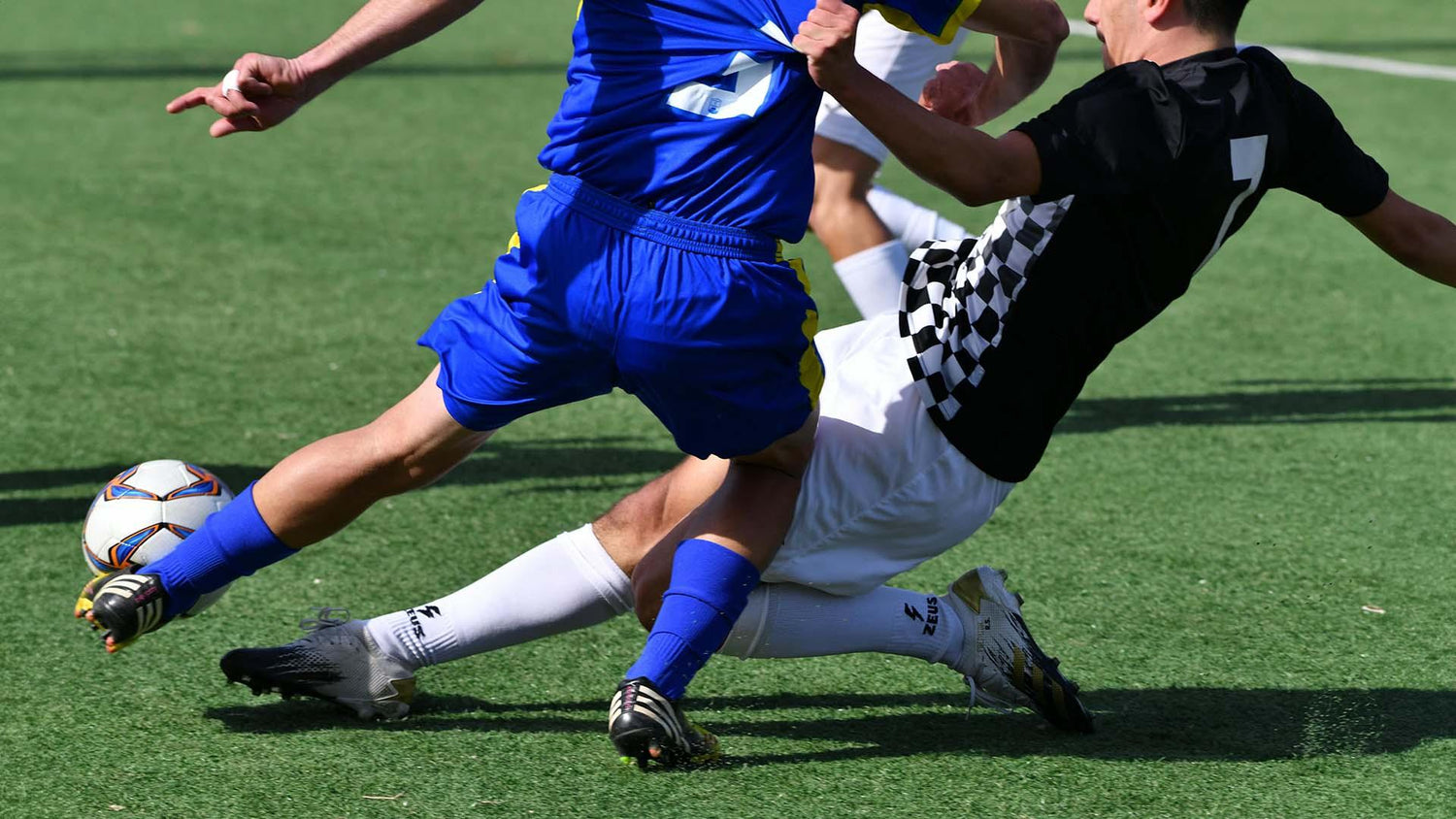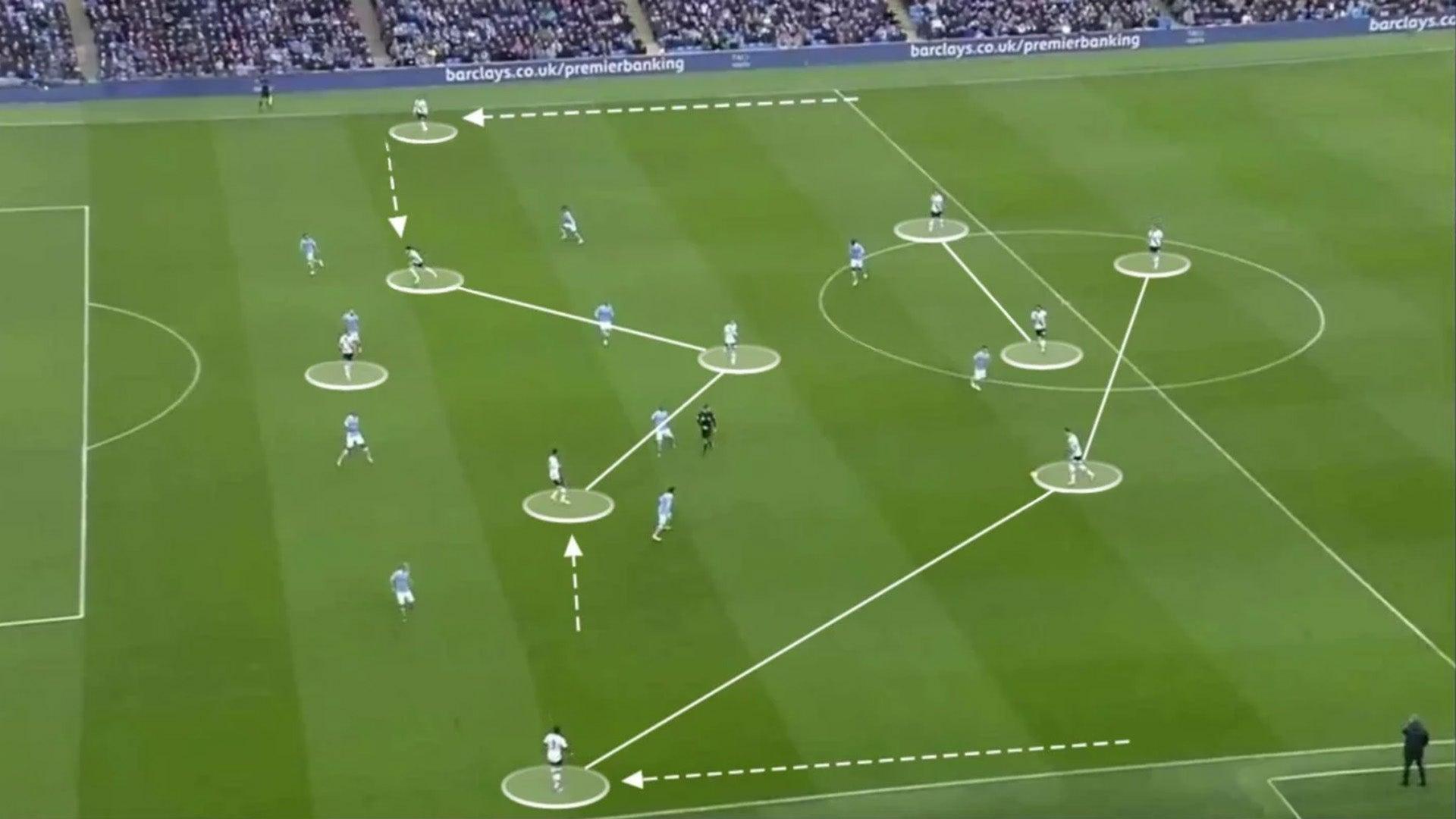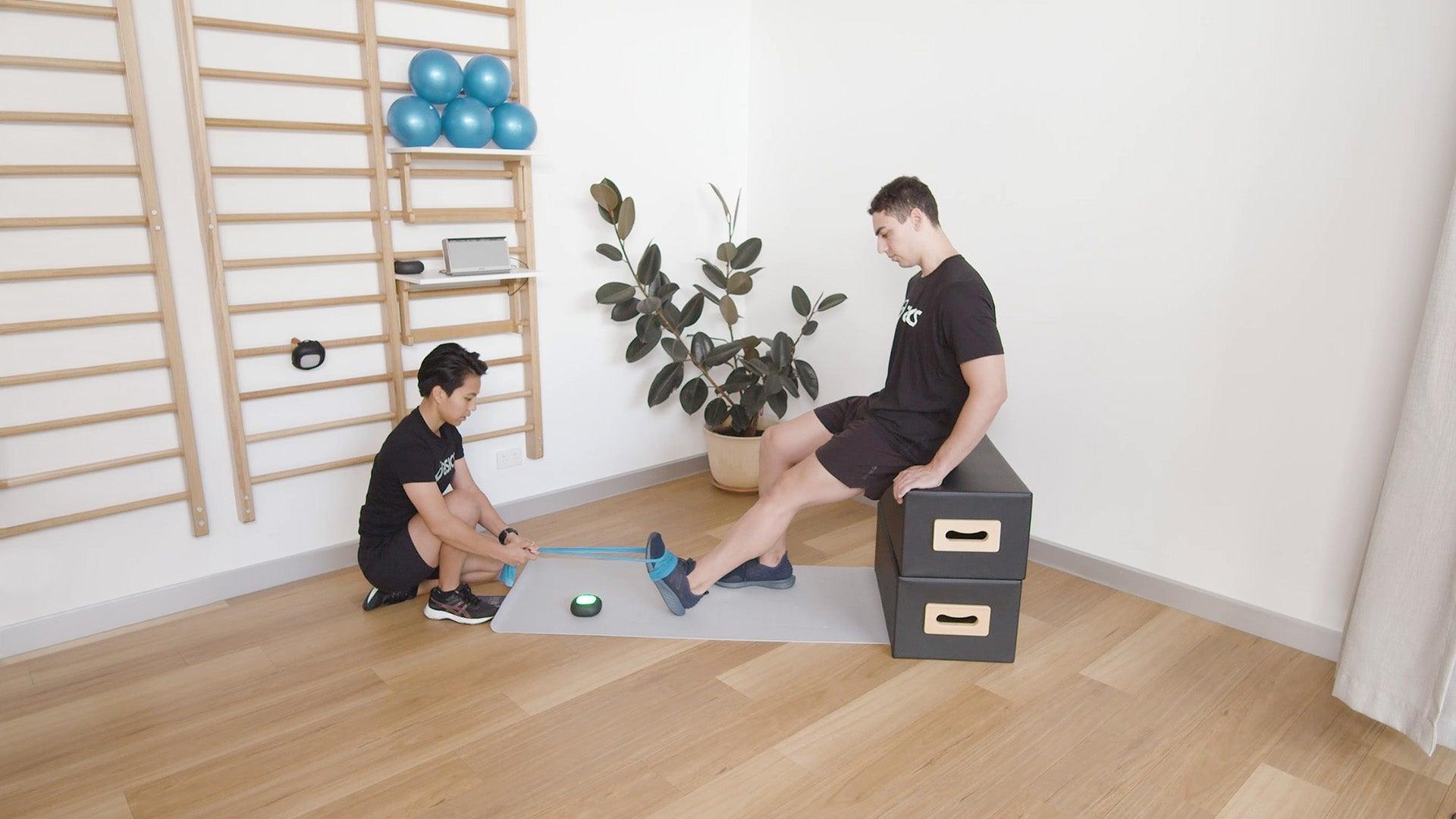Ever wondered what makes a rock-solid soccer defense position? It’s not just about having tough players who can tackle well; it’s an art and science that involves strategic positioning, understanding the modern game, and, yes, a bit of grit.
Today, we’re diving deep into the world of soccer defense positions, exploring the nuances that make or break a team’s defensive line. Whether you’re a budding player, a coach looking to sharpen your team’s strategy, or just a fan eager to understand the game better, this guide is for you. So, let’s kick things off!
The Backbone of the Team: Understanding Soccer Defense Positions
In soccer, defense positions are the backbone of any team. They’re the unsung heroes, often overshadowed by the flashy forwards but just as crucial to securing victories. But what exactly are these defense soccer positions, and how do they contribute to the team’s success? If you want to learn more about formations, check out our guide on the 3-5-2 formation.
- Center-Back (CB): The cornerstone of defense, center-backs (also called central defenders) are the last line before the goalkeeper. They go head-to-head with opposing forwards, break up attacks, and clear the ball from danger zones. Their physical presence, aerial ability on set pieces, and capacity to read the game are indispensable.
- Full-Back (FB): Positioned on the flanks, full-backs defend against wingers and support their own team’s attacks. Modern soccer demands they have the stamina to sprint up and down the field, making them crucial in both defense and offense.
- Wing-Back (WB): A hybrid of full-back and winger, wing-backs are used in formations with three center-backs. They provide width, support attacks, and hurry back to defend, embodying the term “workhorse.” See how pros use this role in this tactical analysis from PlayerData: How modern wing-backs are changing soccer.
- Defensive Midfielder (DM): The bridge between defense and midfield, defensive midfielders break up opposition plays, intercept passes, and initiate attacks. They’re the tactical fulcrums, often dictating pace and supporting counter-attacking play.
Center Defender in Soccer: A Demanding Position
The center defender role is one of the most demanding positions in the game. A modern center-back isn’t just a physical defender; they are often tasked with progressing the ball out of defense, starting attacks, and keeping composure under pressure. The best center-backs in the world excel in reading the game, winning aerial duels, and anticipating runs.
Whether defending set pieces, holding the line against quick strikers, or distributing passes to spark counter attacks, the center defender is a complete package. Their influence in the modern game is greater than ever.
Balancing Act: Advantages and Challenges for a Soccer Defender
Each defensive position comes with its own set of strengths and challenges.
Center-backs offer a formidable barrier but must remain vigilant about positioning to avoid leaving gaps. Full-backs help in attack but risk being exposed behind them. Wing-backs can overwhelm with energy but may get caught out of position. Defensive midfielders control the game’s rhythm but must balance defensive duties with attacking support.
The Decision-Making Impact of Defensive Positions
Choosing the right mix of defensive positions is vital. It’s about aligning your team strategy with players’ strengths and weaknesses.
A team with physical defenders might favor a classic setup with strong center-backs, while a team with fast, versatile players might prefer fluid formations with wing-backs and roaming defensive midfielders. For tactical breakdowns, check The Athletic’s tactics coverage: The Athletic – Football Tactics.
Enhancing Your Defensive Game with A-Champs Training Devices
To master the art of soccer defense positions, integrating innovative training tools can significantly elevate your skills, especially in demanding defensive roles.
A-Champs offers cutting-edge products designed to simulate real-game dynamics and make your training more effective. Their gear links directly to their ROX system and other interactive devices.
The A-Champs Advantage
A-Champs focuses on developing devices that replicate in-game situations, making your skills more transferable to match play. Their soccer rebounder is a prime example: the Soccer Rebounder Wall offers both ground and air rebounding modes.
You can combine the rebounder with the ROX System for a more holistic training approach.
Here’s a quick overview of what’s currently available:
- RebounderGo & RebounderPro — versatile soccer rebounder boards with real-game bounce simulation.
- ROX (and variants like ROXPro, ROXProX) — interactive light, sound & vibration pods for reaction, decision, and cognitive training.
Integrating these tools into your training regimen helps you work not just on physical skills, but also the mental aspects—focus, reaction, and decision-making—that are crucial for defenders.
Why Focus on Soccer Defense Positions
In the grand chessboard of soccer, defensive positions are pivotal. They require a blend of physical prowess, tactical awareness, and mental resilience. Whether it’s the stalwart center-back, the dynamic full-back, the energetic wing-back, or the strategic defensive midfielder, each role weaves into the fabric of a team’s defense.
As the game evolves, so do defensive roles and strategies. To stay ahead, your training must evolve too—and that’s where A-Champs’ interactive tools can give defenders a meaningful edge. Their rebounders and ROX system offer you a bridge between training and match reality.
By focusing on the specific demands of defense positions, you give each defender the tools and training needed to excel. As soccer continues to evolve, so should how we train for it. With A-Champs, you’re not just preparing for the game—you’re staying ahead of it.





Leave a comment
This site is protected by hCaptcha and the hCaptcha Privacy Policy and Terms of Service apply.